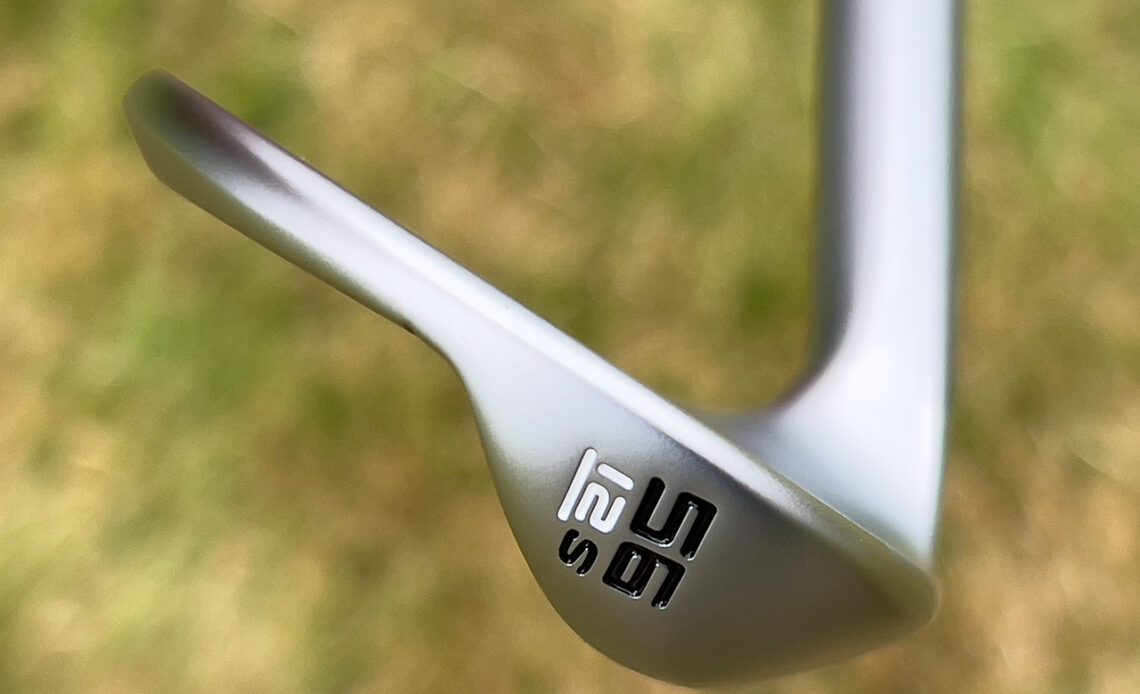Gear: Mizuno T24 wedges
Price: $180 each with True Temper Dynamic Gold Tour Issue S400 shafts and Golf Pride MCC grips
Specs: Forged 1025 carbon steel infused with Boron. Available in even lofts from 46 degrees to 60 degrees in three finishes (Raw, Soft White Satin, Denim Copper) and in five sole configurations.
Available: September 14
Who It’s For: Golfers who love a traditional-looking wedge designed to enhance feel, consistency and spin.
The Skinny: The combination of a thinner topline, shorter blade length, loft-specific grooves and five different sole grinds makes the T24 wedge family the most versatile in the brand’s history.
The Deep Dive: Over the past several seasons, Mizuno has tried several innovative ways to help golfers get better performance around the greens, going so far as to offer the larger, hollow-bodied ES21 wedges. The release of the new T24 wedges blends several different features and design elements in a classic-looking wedge that has been made to appeal to a wide range of players.
The T24 wedges are made using grain flow forged 1025 carbon steel that is infused with Boron. Mizuno has added Boron in some irons since 2014 because it makes the carbon steel harder without sacrificing the soft feel. In wedges, that means the edges of the grooves should be more durable, so spin deterioration will not happen as quickly.
Compared to the T22 wedges they replace, the T24 wedges have a thinner topline and a more compact shape. The pitching wedges and gap wedges (46-52 degrees) have iron-style looks and are slightly-more angular than the sand wedges and lob wedges (54-60 degrees), which have a more-rounded shape. All the T24 wedges and have extra mass designed behind the top of the hitting area to elevate the center of gravity location, which should make it easier to flight approach shots down for more control.
The Mizuno T24 has extra mass located high in the back of the head, but golfers cant’ see it when they address the ball. (David Dusek/Golfweek)
Mizuno was the first manufacturer to design different grooves for different wedges based on their lofts, and that benefit is found in the T24. Pitching wedges and gap wedges (46-52 degrees) have thinner, deeper, iron-style grooves because golfers tend to use those clubs from the fairway as extensions of their iron set. Sand wedges and lob wedges (54-60 degrees), however, get wider, shallower grooves to help channel water and debris off the hitting surface and protect spin. In the T24…
..
Click Here to Read the Full Original Article at Golfweek…
